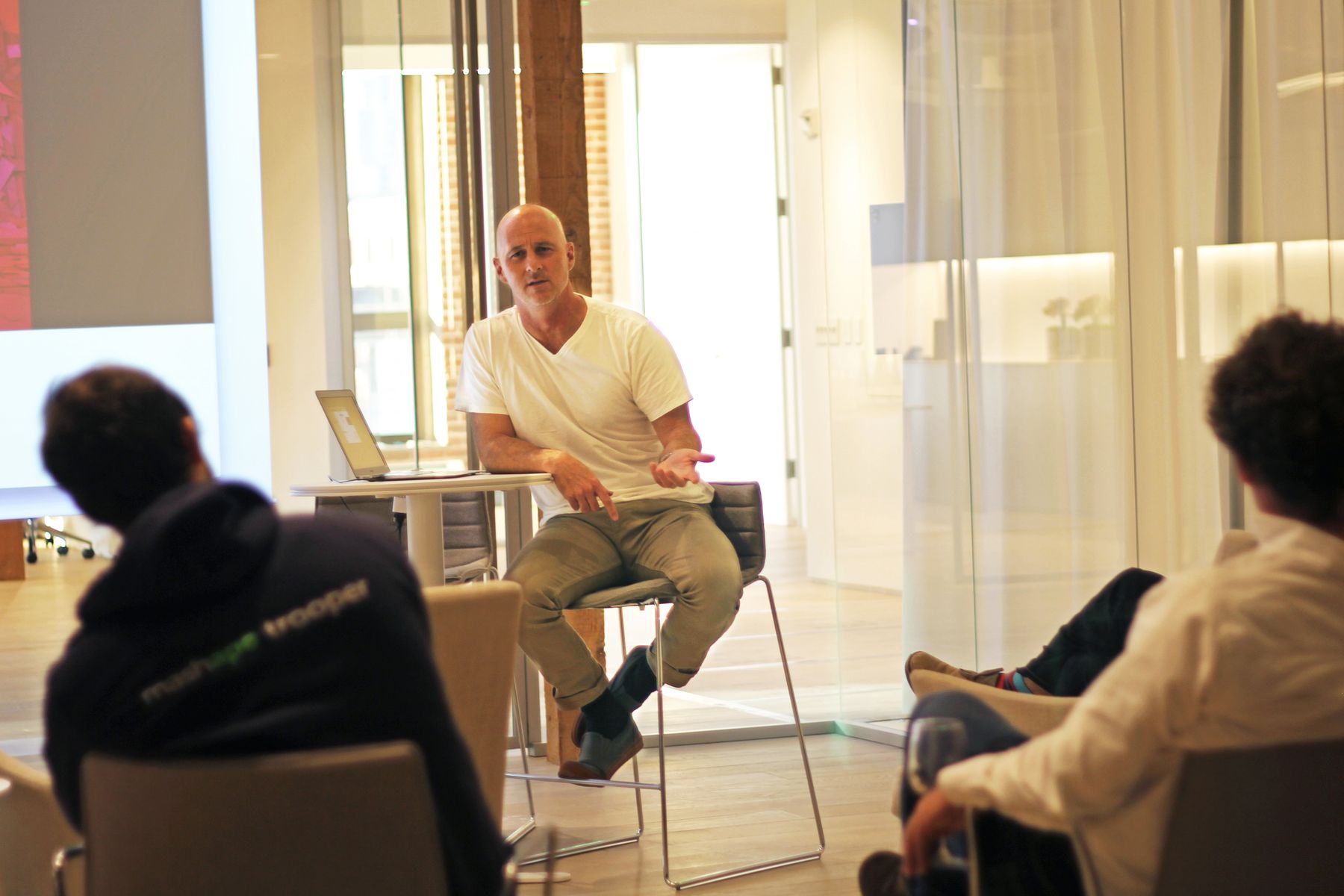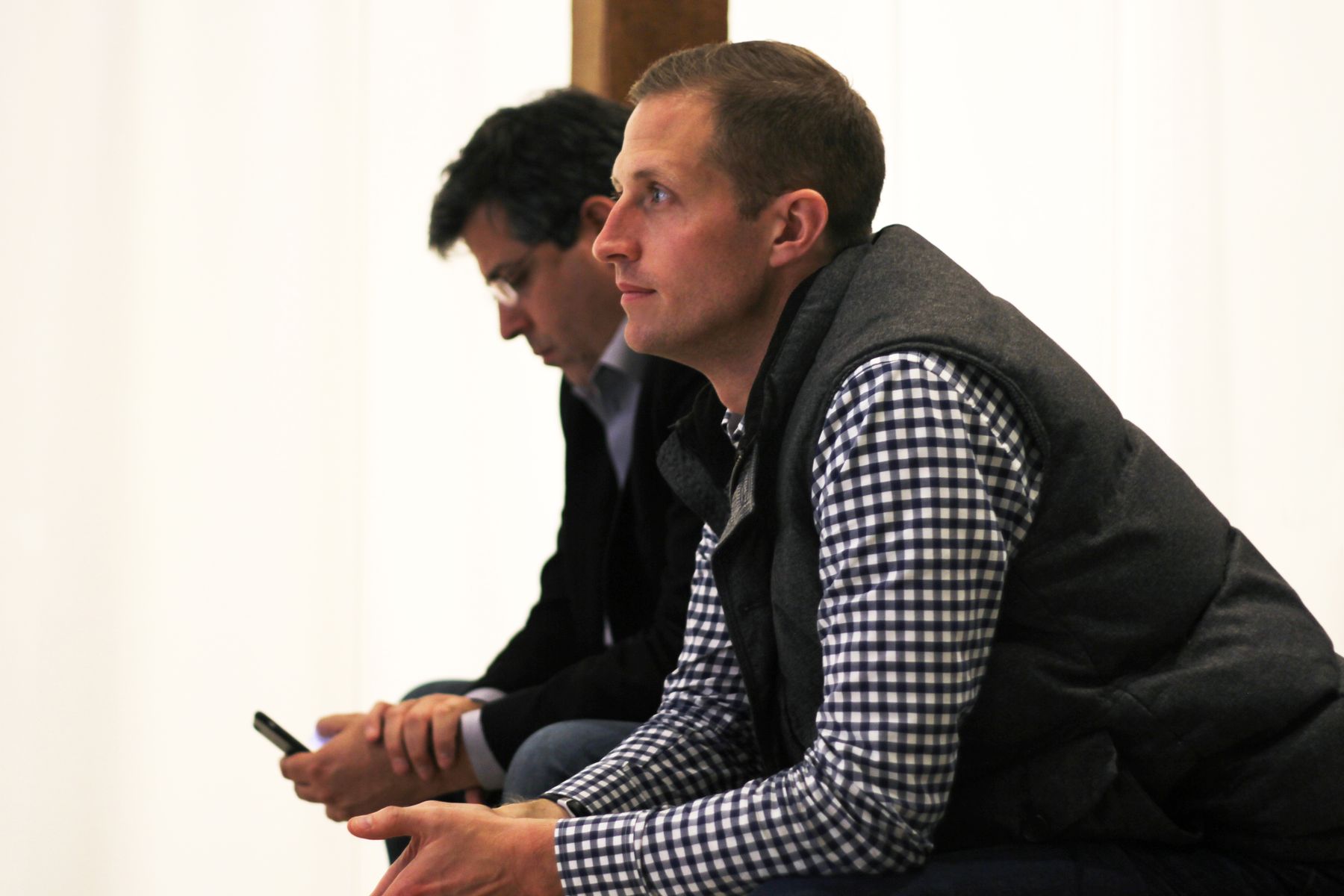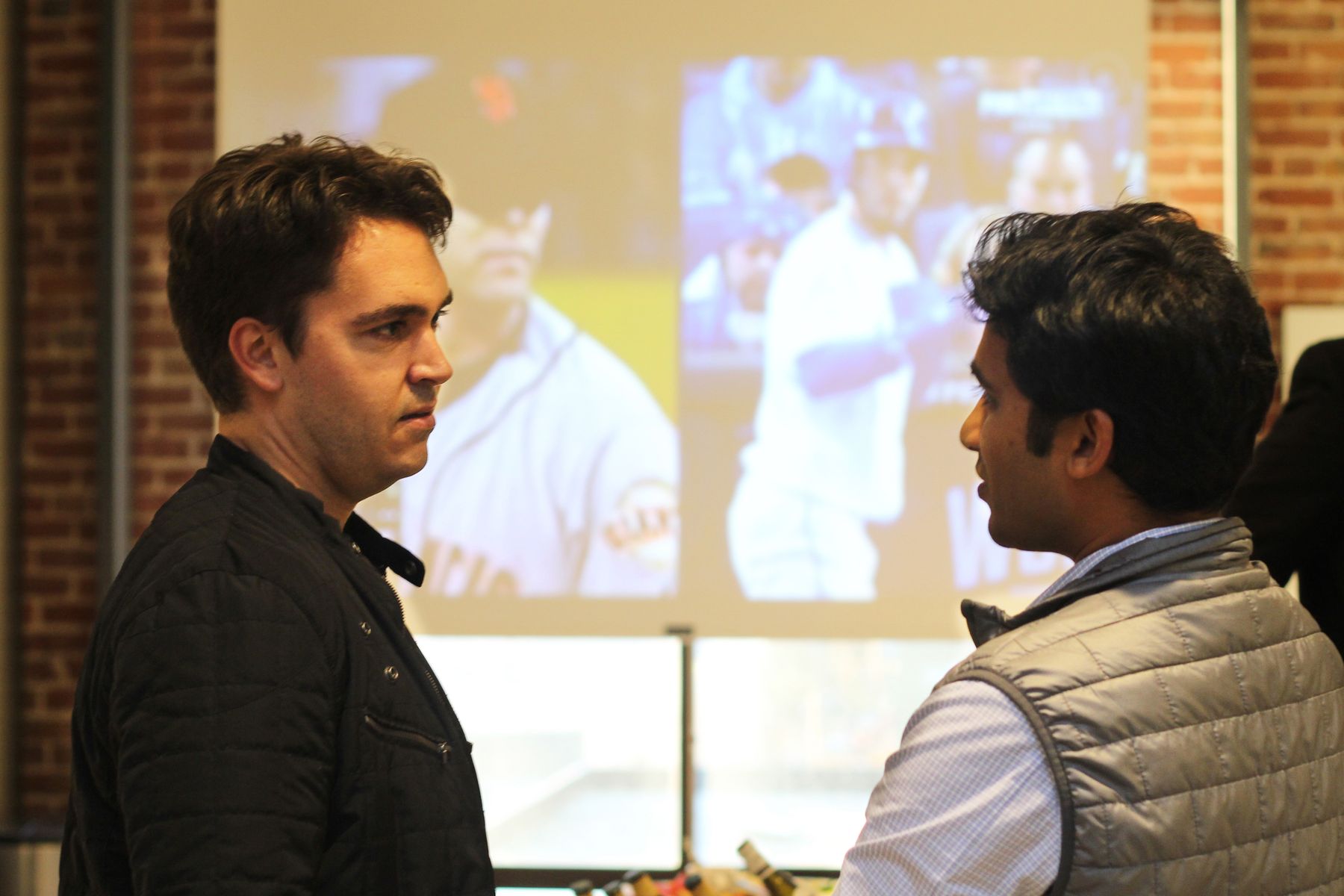Understanding Brand: Lessons from Sonos Brand Chief Greg Perlot



Greg Perlot, chief brand officer at Sonos, and Mike Volpi were joined by a group of entrepreneurs at Index Ventures to discuss how a tech and product oriented company with a complex message transformed into a true consumer lifestyle brand.
Whether it’s getting named-checked by Jay Z in a rap lyric, throwing a listening party with Janelle Monáe or launching experimental art exhibits, Sonos is accustomed to getting prominent shout-outs and accolades. However, the high-end audio company hasn’t always been viewed as a trendy brand. Founded in 2002, Sonos began as a very techie product, geared more for serious audiophiles than the casual music fan. To become more consumer-centric and mainstream, the company had to rethink its brand promise.
To power the transformation, Sonos hired Greg Perlot, a Microsoft veteran and co-founder of the award-winning creative agency 72andSunny, as their chief brand officer in 2011. Throughout his 25-year career, Greg worked with companies as varied as Apple and Microsoft, to Bugaboo, the Discovery Channel and Nike. Though he was leading marketing at Quiksilver at the time, Perlot—an early AirTunes/AirPlay user—was won over by Sonos’ vision for wireless music streaming.
“Music at the time had become all about MP3s, taking your music with you, stealing music, pirating music… it wasn’t really the music experience, which is special,” Perlot recently told a roomful of entrepreneurs at Index Ventures. “I was attracted to the idea of hifi, and it seemed to me that once that conversation about platforms and mediums settled down, the focus would come back to the experience.”
But while Perlot loved Sonos’ product roadmap, he felt their brand strategy was “not interesting.” Listening to music isn’t a technological experience; it’s an emotional one, it’s fun, he noted. So he set out to change the way the company thought about itself, from messaging and packaging to merchandising and digital strategy.
Brand, according to Perlot, is still commonly misunderstood—especially by technology companies. “A lot of people think a brand is a thing you make and control and present to the world, and then after customers see your brilliance, they’ll want to buy your stuff,” he says. “Brand is actually more like that living space between you and the world, and it operates like any other relationship you have with your family and friends. The more you try to obsessively control the relationship, the less successful you’re going to be.”
To roadmap his brand principles, Perlot shared five themes—not rules—with the group:
1) Who are you?
You can’t represent yourself to the world if you don’t know exactly who you are, says Perlot. Sonos is arguably a technology company, a music platform and multiple other things. However, the universal idea that ties the company together is that it consists of music lovers who are building things for other music lovers, and this should be the basis for all company decisions.
2) Your promise drives everything.
All companies need a promise, says Perlot. This is what gets employees out of bed every morning and reassures customers that they’ve bet on the right horse. Sonos’ promise to customers is giving them the ultimate home music experience.
3) Interesting is as interesting does.
“Company PowerPoints, speeches… no one cares,” says Perlot. “What are you doing that moves me and makes me curious?”
4) Authenticity = do you care?
Every brand should aim to be local, global, physical, and digital. But when he first came to Sonos, Perlot says the company was still in a principally “digital headspace.” He realized that the company’s relationship with music lovers needed to be physical too. That’s why Sonos launched an event and collaboration studio in LA and got artists and producers actively involved in the dialog about how Sonos approached the future of music in the home.
5) Take some swings.
From time to time, acting on risky opportunities helps you understand the boundaries of your ideas, says Perlot. This helps you learn about your process and your audience.
Three Branding Mistakes to Avoid
Of course, creating a great brand is not simply a result of what you do, but also what you avoid doing. Below are three common brand mistakes Perlot has seen small companies make time and again when trying to scale their businesses.
1) Don’t eff-up the creative environment.
On the one hand, creatives need freedom to explore and be curious, says Perlot. But companies also need to set clear parameters about decision making. The worst situations, according to Perlot, occur when leaders give orders to employees, but then act like they’re not actually the decision makers. This environment creates fear, which destroys creativity.
Creativity is particularly difficult to balance in the technology sector, says Perlot, because engineers want to see how quickly they can eliminate bugs, whereas designers want to keep as many variables alive as long as possible. These are hard ideas to reconcile, but you have to create an environment that does.
2) Don’t mistake awareness for meaning.
There are reality TV stars today probably as famous as Elvis Presley was 50 years ago, says Perlot. However, it’s almost guaranteed that no one will be talking about them 50 years from now.
Companies must learn to recognize the difference between pulling a stunt or campaign simply to break through the noise, versus creating powerful storytelling that resonates with the brand narrative.
3) Don’t overplay your hand.
Perlot notes that certain brands often forge partnerships without really considering the ramifications of what they’re doing. Such companies could be doing a deal with good intentions, he says, but if they mistake reach for meaning and lose sight of who they are, ultimately they won’t matter to people. “Technology companies do things all the time simply because they can,” he says. “And if you do so, you need to get back to your core idea.”
Posted on 10 Dec 2014
Published — Dec. 10, 2014

